Archaeological results have shown that thousands of years ago, in the 4th - 7th centuries, the Oc Eo Nhon Thanh cultural relic (Nhon Nghia commune, Phong Dien district, Can Tho city) once existed as an ancient riverine community with stilt houses and bustling boat docks.
In particular, the Bung Da Noi - Lung Cot Cau area is considered the "heart" of the Oc Eo Nhon Thanh cultural site, still hiding mysteries about a center for making jewelry and pottery with "incredible" craftsmanship.
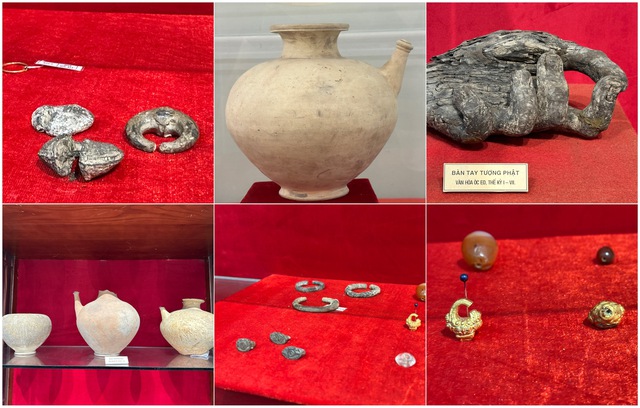
National treasures: Nhon Thanh ceramic vase, Buddha's hand and some gold and silver jewelry found at Oc Eo Nhon Thanh cultural relic
PHOTO: DINH TUYEN
"Oc Eo treasure" revealed when people rushed to pan for gold
The thousand-year-old mystery was revealed around the 1980s, when local people in Nhon Thanh hamlet, Nhon Nghia commune, Phong Dien district reclaimed agricultural land. During the excavation process, they continuously discovered many large rocks, pottery, terracotta and especially gold in the form of jewelry, earrings, gold leaf... Rumors spread, causing hundreds of people from all over to flock here, turning this place into a hotspot for spontaneous gold and antique mining.
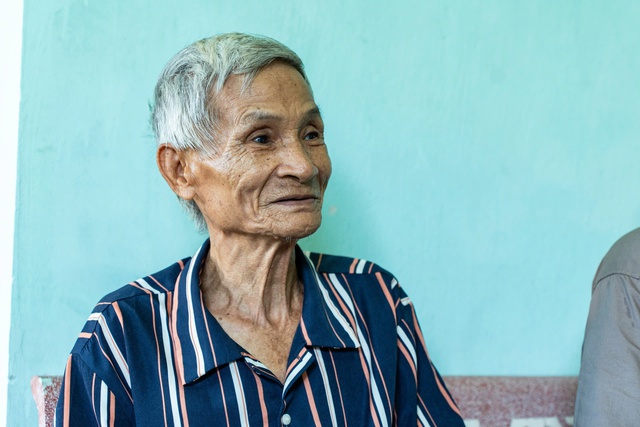
Mr. Nguyen Van Toi (Nam Toi) recounted the time when people from all over flocked to Nhon Thanh to set up tents and stay overnight to pan for gold and find antiques.
PHOTO: DINH TUYEN
Mr. Nguyen Van Toi (Nam Toi), 73 years old, residing in Nhon Thanh hamlet, Nhon Nghia commune, Phong Dien district, said: "At that time, I was the hamlet chief and witnessed about 200 - 300 people from all over coming every day, they set up tents and stayed overnight to pan for gold. The situation was complicated, so the local government had to intervene and ban mining."
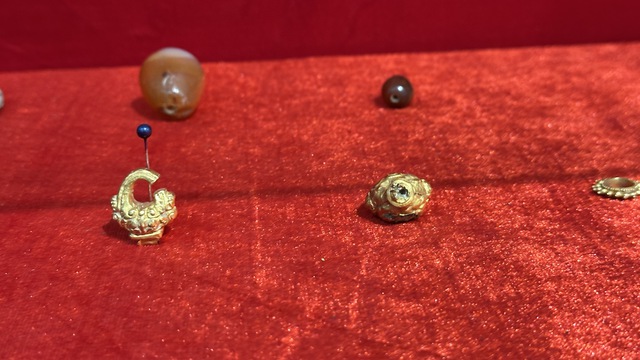
Exquisitely crafted gold jewelry found at the Oc Eo Nhon Thanh cultural relic site is determined to date from the 4th - 7th centuries.
PHOTO: DINH TUYEN
Large-scale gold panning and antique searches attracted the attention of archaeologists. After that, surveys and explorations were conducted. The results recorded a series of traces related to jewelry making activities discovered at high density in the Bung Da Noi - Lung Cot Cau area. This shows that Nhon Thanh once had large-scale jewelry making "factories" with sophisticated jewelry.
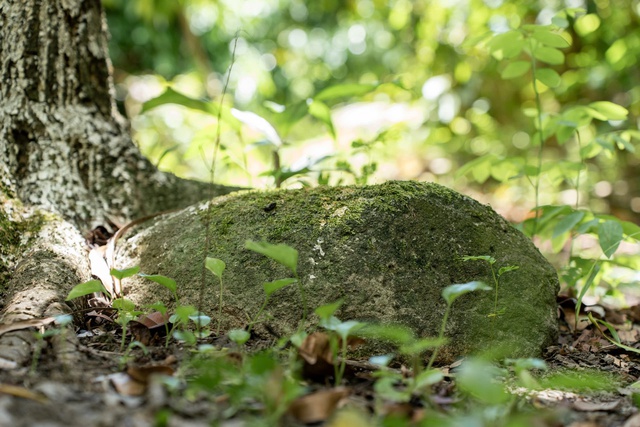
Mossy rocks scattered in the Bung Da Noi area today
PHOTO: DINH TUYEN
However, after the archaeological excavations, the land was returned to the people for continued cultivation, and the old archaeological sites were filled in and covered with greenery. Up to now, at Bung Da Noi, the remaining traces are mossy rocks hidden under the canopy of trees, next to a temple worshiping the local Ta. Next to that, Lung Cot Cau is a lake surrounded by durian and mangosteen gardens, nestled in the tourist area of the same name.
Ancient remains of a goldsmithing center
According to the book Nhon Thanh - Can Tho Archaeological Site (2019) by authors Bui Chi Hoang, Tran Viet Phuong, Nguyen Quoc Manh, at the Oc Eo Nhon Thanh cultural site, especially the Bung Da Noi - Lung Cot Cau area, researchers found 16 molds, 75 fragments and original cooking pots, metal pouring pots, along with countless products and waste products made of lead, tin, and metal slag.

Nhon Thanh casting mold, one of the four national treasures found, is a vivid testament to the sophisticated metal jewelry making process thousands of years ago.
PHOTO: DINH TUYEN
In particular, the Nhon Thanh mold set, one of the four national treasures discovered, is a vivid demonstration of the process of making metal jewelry, from sketching, molding, to the metallurgical process and the finished product. Techniques of laminating, gold plating on jewelry, or even painting and gold plating on wood were also discovered.
In addition, archaeological excavations since the 1990s have also discovered 16,358 pieces of pottery of various types with characteristics of Oc Eo culture, including household items such as vases, faucets, pots, jars, stoves, lids, etc.
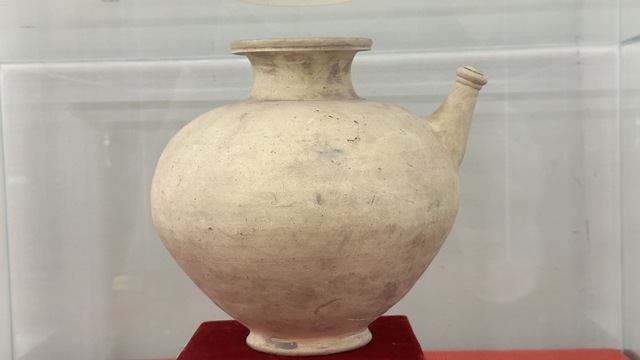
The national treasure Nhon Thanh ceramic vase is considered a symbol of the pinnacle of ceramic making techniques and the unique aesthetic thinking of the Oc Eo Nhon Thanh culture.
PHOTO: DINH TUYEN
The most valuable is the national treasure Nhon Thanh ceramic vase that has been found, considered a symbol of the pinnacle of ceramic crafting techniques and unique aesthetic thinking, blending indigenous culture and Indian influence. In addition, traces of the craft of making from bones, horns, and ivory also left clear marks with sophisticated objects and jewelry, which were typical exchange items of the residents of the kingdom of Phu Nam thousands of years ago.
Bustling wharf relic
Also at the Oc Eo Nhon Thanh cultural relic, archaeologists found traces of highly developed carpentry and wood carving, evidenced by a wooden Buddha statue in the making stage. In particular, 14 wooden pillars, stilt house architecture, bridge pillars along with many bones, animal teeth, charcoal, traces of fire... show the bustling life of residents at that time.
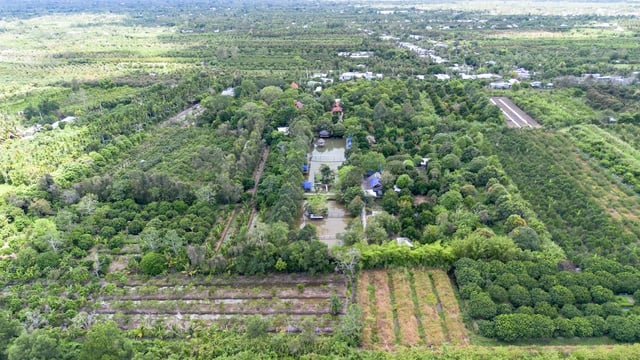
Lung Cot Cau area is now an eco-tourism area and lush green fruit garden.
PHOTO: KHAI PHAM
In the lake located in the middle of Lung Cot Cau today, archaeologists also found a wooden staircase over 4m long, made from two large wooden bars with steps leading down to the canal bed. Along with that was a 5.4m long dugout canoe still intact. This is also the oldest and most intact boat found in the Oc Eo culture in the Mekong Delta.
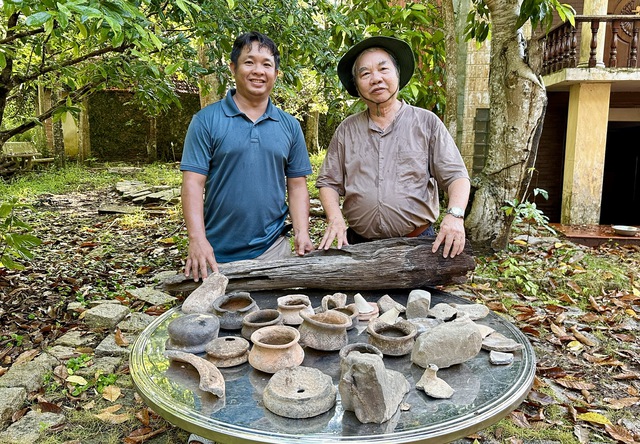
Composer Nham Hung (right) and some artifacts of Oc Eo culture still preserved at Lung Cot Cau Tourist Area
PHOTO: DINH TUYEN
Author and cultural researcher Nham Hung (Can Tho City) said that the above traces contribute to affirming that in Nhon Thanh, especially in the Bung Da Noi - Lung Cot Cau area, there once existed a large-scale boat dock, a center for transporting goods with bustling trading activities. "Research also points out similarities between Oc Eo cultural artifacts in Nhon Thanh and other regions in the South... But the unique feature of Oc Eo Nhon Thanh culture is the traces of an ancient community living on stilt houses, a prominent feature of the wetland O Mon - Phung Hiep, Can Tho", Mr. Hung said.
4 unique national treasures
The archaeological discoveries at Nhon Thanh not only provide insight into an ancient civilization in Can Tho but also contribute to Vietnam's national heritage collection.
Ms. Nguyen Thi Ngoc Han, Deputy Director of Can Tho City Museum, said: "Currently, there are 4 national treasures found from the Nhon Thanh archaeological site being displayed at the city museum to serve visitors."
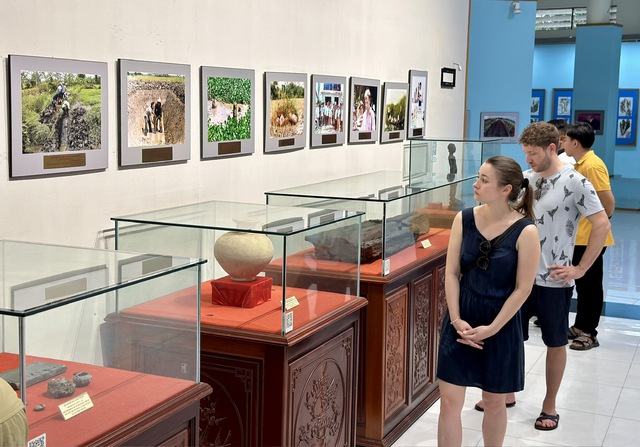
National treasures of Oc Eo culture excavated in Nhon Thanh are displayed at Can Tho City Museum for visitors.
PHOTO: DINH TUYEN
The first is the Nhon Thanh mold set (1st - 7th century), considered a symbol of the flourishing goldsmithing profession of the Oc Eo culture. The second is the Nhon Thanh Buddha statue (4th - 7th century), a unique wooden statue, demonstrating the unique Buddhist art of sculpture. The third is the Nhon Thanh ceramic vase (5th century), a high-class ceramic artifact, demonstrating the sophisticated crafting technique and cultural exchange. Finally, the Nhon Thanh wooden Linga - Yoni (5th century), a unique and only artifact found in Southeast Asia, reflecting the profound fertility beliefs of the ancients.
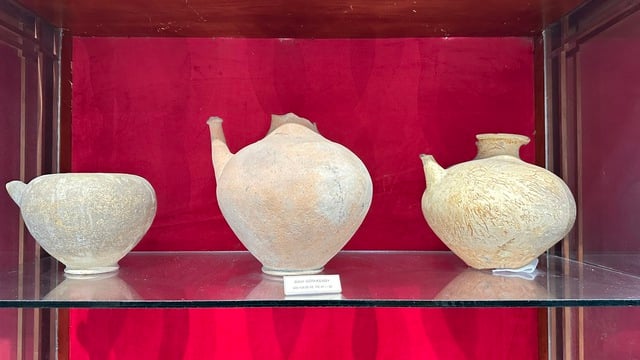
Some other Oc Eo culture ceramic jars were found in the Bung Da Noi - Lung Cot Cau area, Nhon Thanh.
PHOTO: DINH TUYEN
Associate Professor, Dr. Bui Chi Hoang, a famous archaeologist, once commented that with the documents discovered and studied, Nhon Thanh relic site has special scientific value in understanding the history of the exploration of the Mekong Delta region, as well as the land of Can Tho. The formation and development of this relic site is closely linked to the first generation of residents who conquered, settled and developed, creating one of the most brilliant periods in the history of this land.
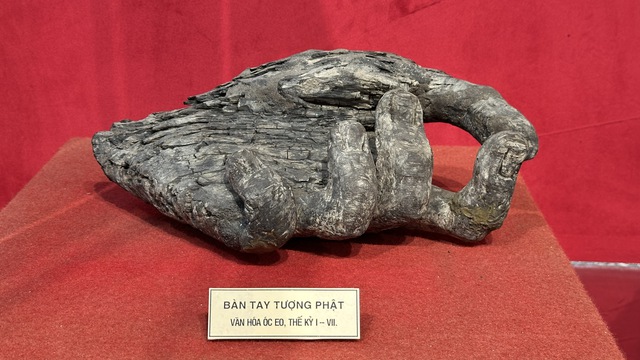
Wooden Buddha hand found in Bung Da Noi - Lung Cot Cau area, Nhon Thanh
PHOTO: DINH TUYEN
Oc Eo culture was discovered in 1944 by L. Malleret and French scholars. This culture is considered an entity in the ancient kingdom of Phu Nam, a country that was formed and developed early in Southeast Asia in the first half of the first millennium AD. After more than 80 years, research on Oc Eo culture has achieved many important achievements, thereby determining the distribution space of Oc Eo culture including the entire Southern region of Vietnam, in which the Mekong Delta is the main area.
Planning a 4-hectare area for continued archaeology and tourism development
Phong Dien District Party Secretary Nguyen Trung Nghia said that the locality and the Department of Culture, Sports and Tourism have reviewed the planning of the 4-hectare Bung Da Noi - Lung Cot Cau area to continue archaeology, excavation and tourism development. However, it will be implemented in stages, with the first step being about 7,000m² as a tourist relic site in the 4-hectare complex. "The district has also proposed to include this project in the medium-term public investment plan for 2025-2030. If implemented, this will be a highlight of cultural tourism in Can Tho City of regional stature," Mr. Nghia said.
Source: https://thanhnien.vn/kho-bau-co-vat-oc-eo-ngan-nam-o-can-tho-185250611153017325.htm








![[Video] Opening of the National Press Forum 2025](https://vphoto.vietnam.vn/thumb/402x226/vietnam/resource/IMAGE/2025/6/19/b7a3477903b3458abfbb2b364af5b689)



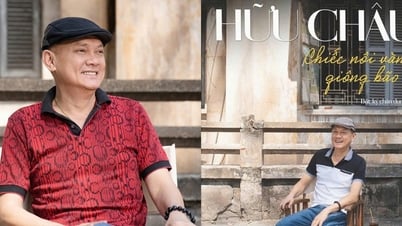
































































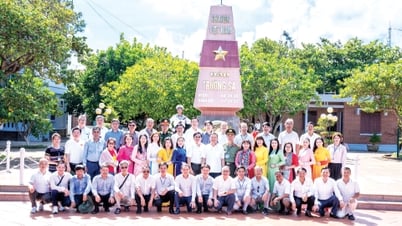



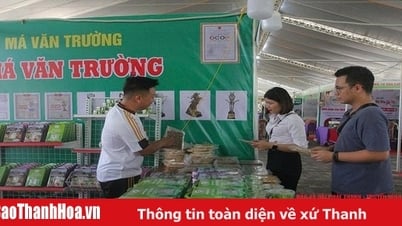












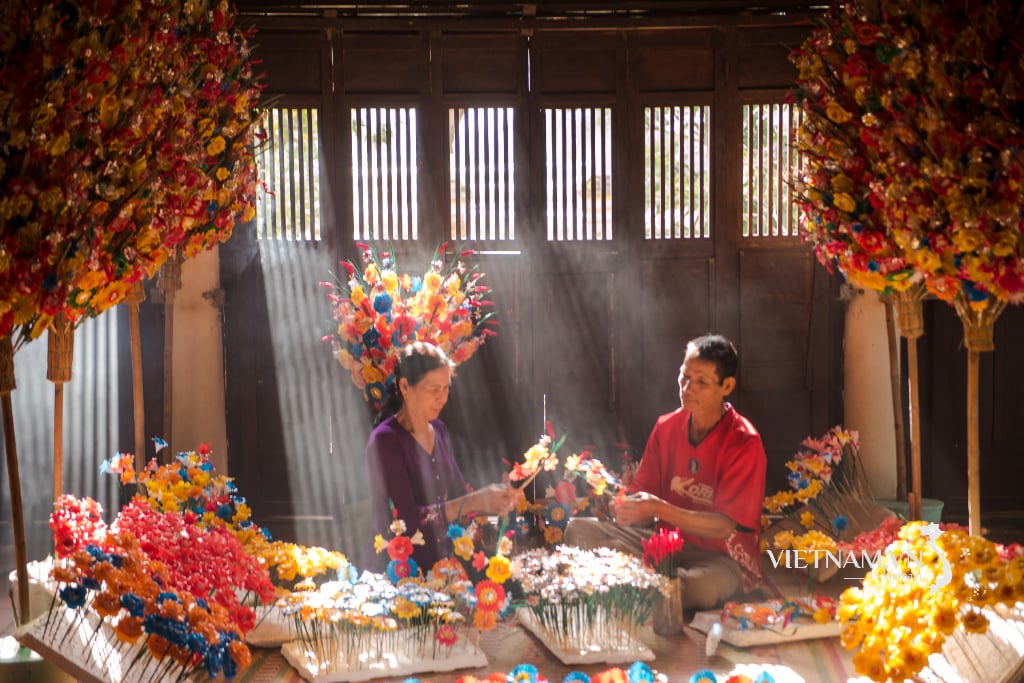

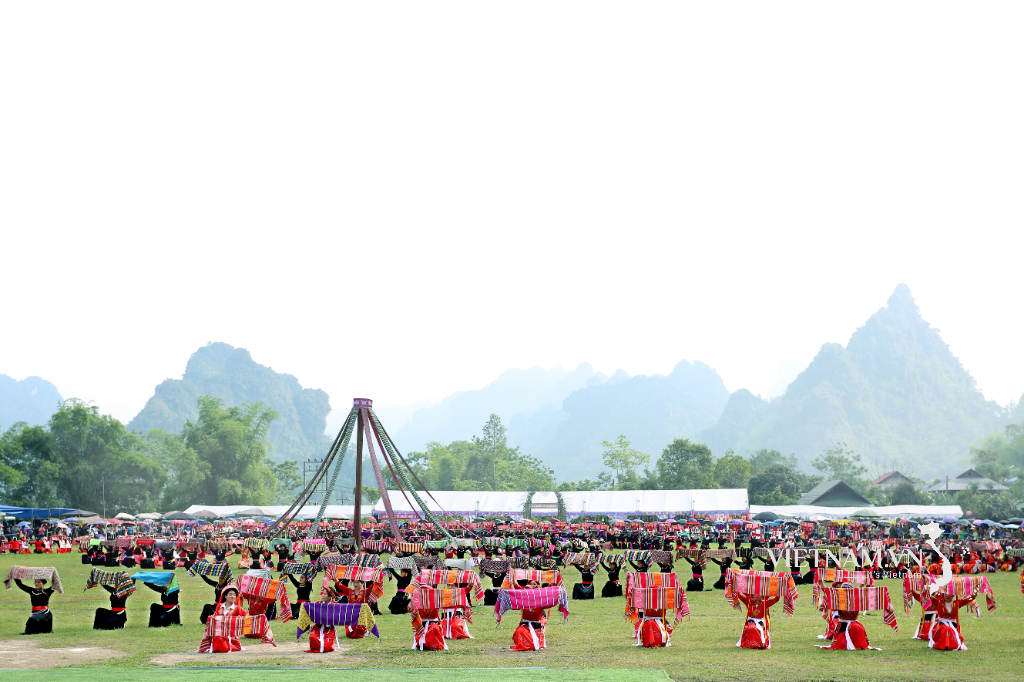
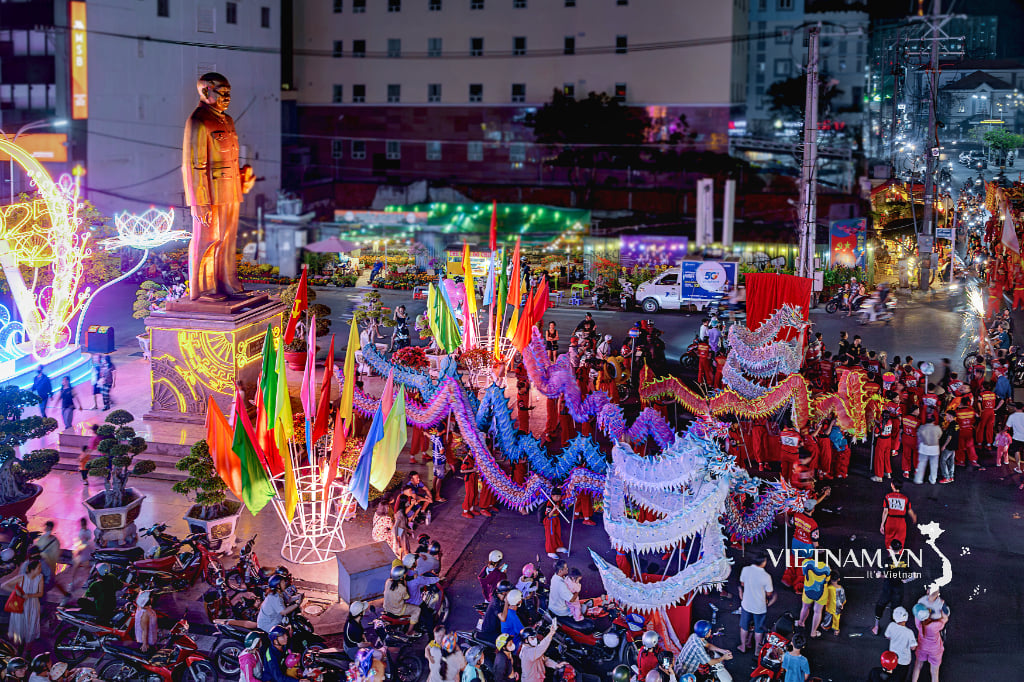
Comment (0)